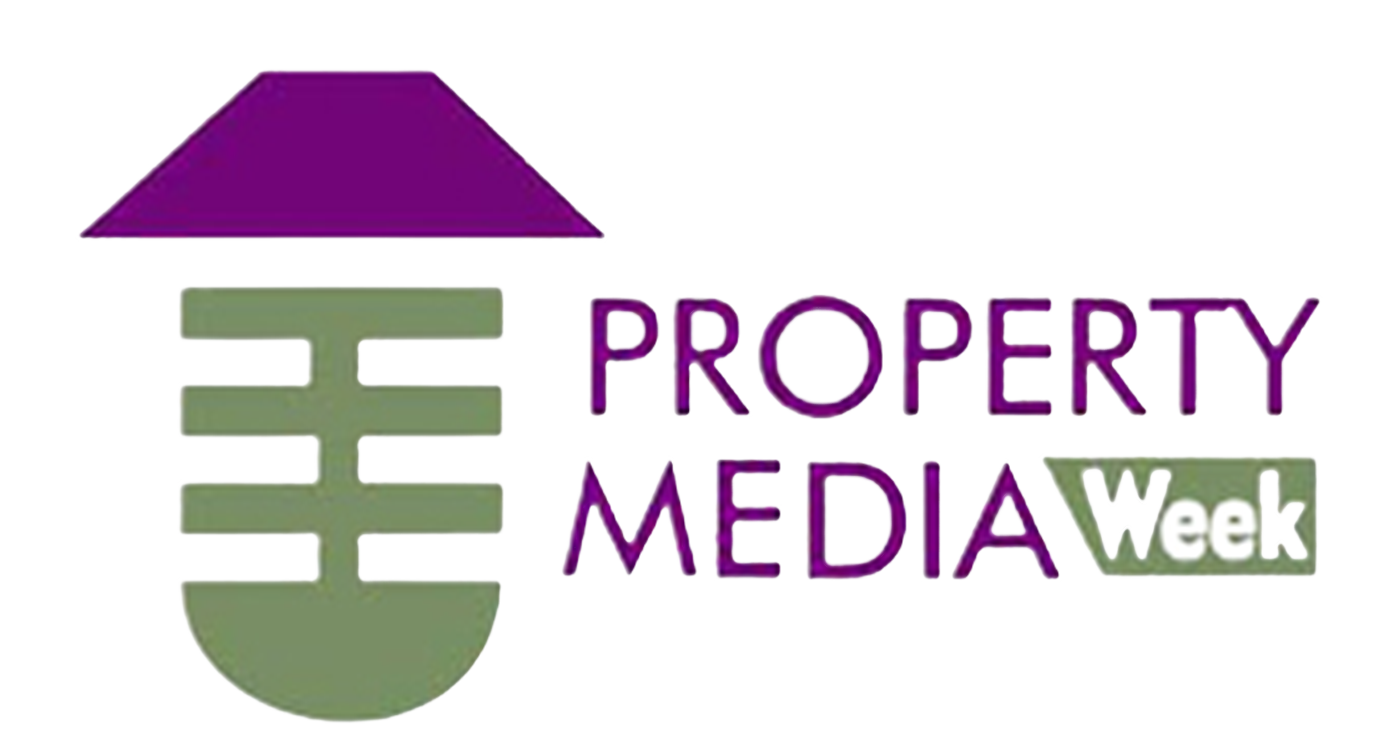The Federal Mortgage Bank of Nigeria (FMBN) has unveiled a set of innovative FMBN mortgage products designed to include underserved groups: the informal sector and Nigerians in the diaspora Facebook+15Punch News+15InfoStride News+15Latest Nigerian News+2Punch News+2Punch News+2.
Key features include:
- Rent Assistance Loan and Home Improvement Loan, aimed at self-employed and daily-earning Nigerians who often lack formal documentation Punch News.
- Non-Interest NHF Mortgage Loan, catering to those who prefer Sharia-compliant or alternative finance models Punch NewsPunch News.
- A soon-to-launch Diaspora Mortgage Product, developed with the Nigerians in Diaspora Commission, enabling Nigerians abroad to contribute to the NHF scheme and secure home financing in Nigeria The Economic Times+8NIDCOM+8Federal Mortgage Bank+8.
Since May 2023, FMBN has disbursed ₦11.75 billion to 1,285 beneficiaries under NHF mortgage loans, besides ₦15.06 billion through its Rent-to-Own program to 1,140 Nigerians Facebook+5Punch News+5Federal Mortgage Bank+5. Moreover, the Home Improvement Loan supported 27,900 Nigerians with ₦15.35 billion for essential upgrades, and 2,542 new housing units have been financed (₦30.91 billion), boosting job creation across regions Punch News.
These FMBN mortgage products reflect a strategic pivot toward inclusive housing finance. By reducing documentation barriers, introducing non-interest options, and engaging the diaspora, FMBN is addressing Nigeria’s housing deficit and unlocking remittance potentials exceeding $20 billion annually.
Why this matters:
- Broadens homeownership for informal workers, entrepreneurs, and overseas Nigerians.
- Promotes economic inclusion by linking diaspora funds to domestic housing finance.
- Stimulates allied sectors—building materials, artisanship, transport, and furniture—spurring job growth.
- Introduces alternative finance options through non-interest loans.
Looking ahead, FMBN plans to launch its digital mortgage portal, expand partnerships, and closely monitor outcomes—loan-to-disbursement timelines, default rates, and borrower satisfaction will guide ongoing improvements



